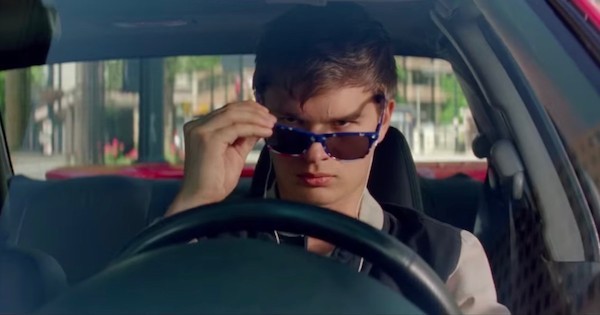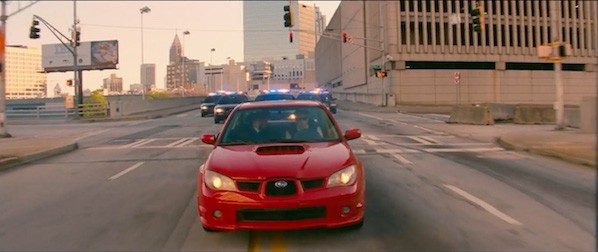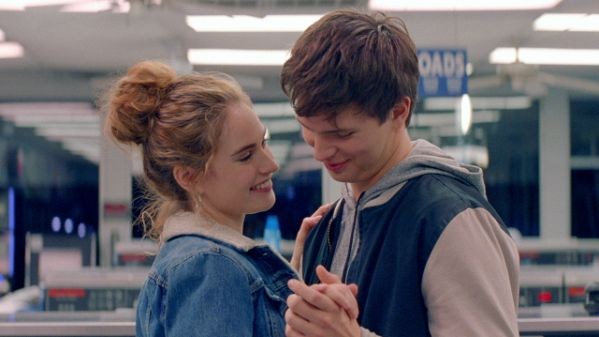
A Matter of Life and Death is a beloved 1946 film by Michel Powell and Emeric Pressburger, who also made such classics as The Red Shoes and Black Narcissus. Known in the states as Stairway to Heaven, it stars David Niven as an RAF pilot who crashes just short of the English coast, but escapes death due to a celestial clerical error. When the supernatural bureaucracy comes to collect him to the afterlife, he appeals for more time in front of a heavenly court comprised of historical figures. Niven, who was immensely popular in England due to his service as a commando during the war and his starring role as a test pilot in the propaganda film The First of the Few, eventually wins a new lease on life because his post-crash romance with Kim Hunter sways a jury of his dead peers. The film touched a nerve in postwar Britain, where so many were grieving lost loved ones, and is remembered for its mixture of color and black and white and the iconic image of Niven climbing an infinitely long staircase stretching into heaven’s clouds.
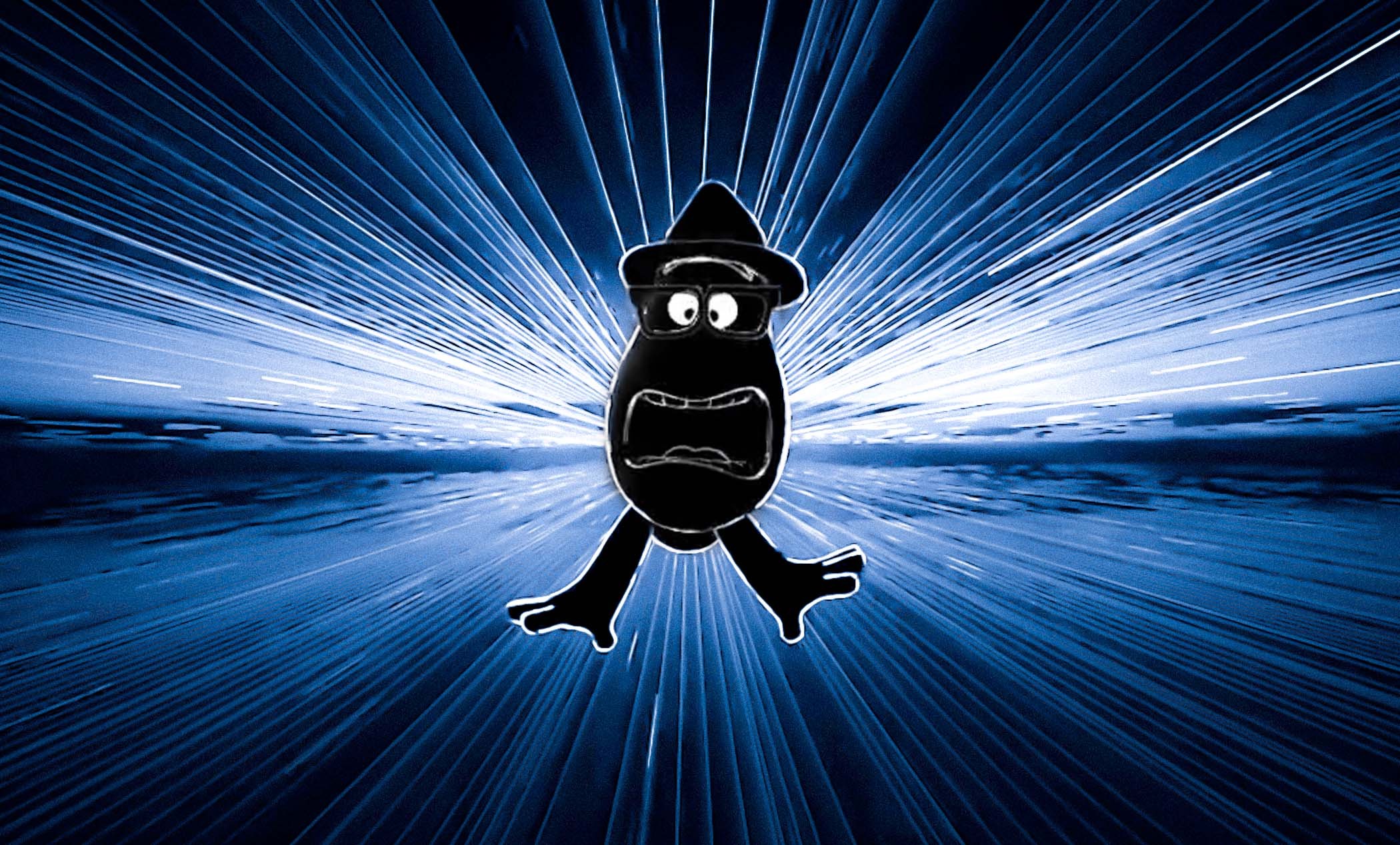
Soul, the latest film from Pixar animation, uses a similar image as a jumping off point. Joe Gardner (voiced by Jamie Fox) is a middle school band teacher who hasn’t given up his dream of playing jazz piano. He finally gets tenure at his New York public school, which is a relief to his demanding mother (Phylicia Rashad). But just as he has resigned himself to his fate (which is, to be fair, reasonably comfortable and rewarding), his friend Curley (Questlove) calls him with an opportunity. The famous jazz saxophonist Dorothea Williams (Angela Bassett) needs keys, and if Joe gets down to the club right now, Curley can get him an audition.
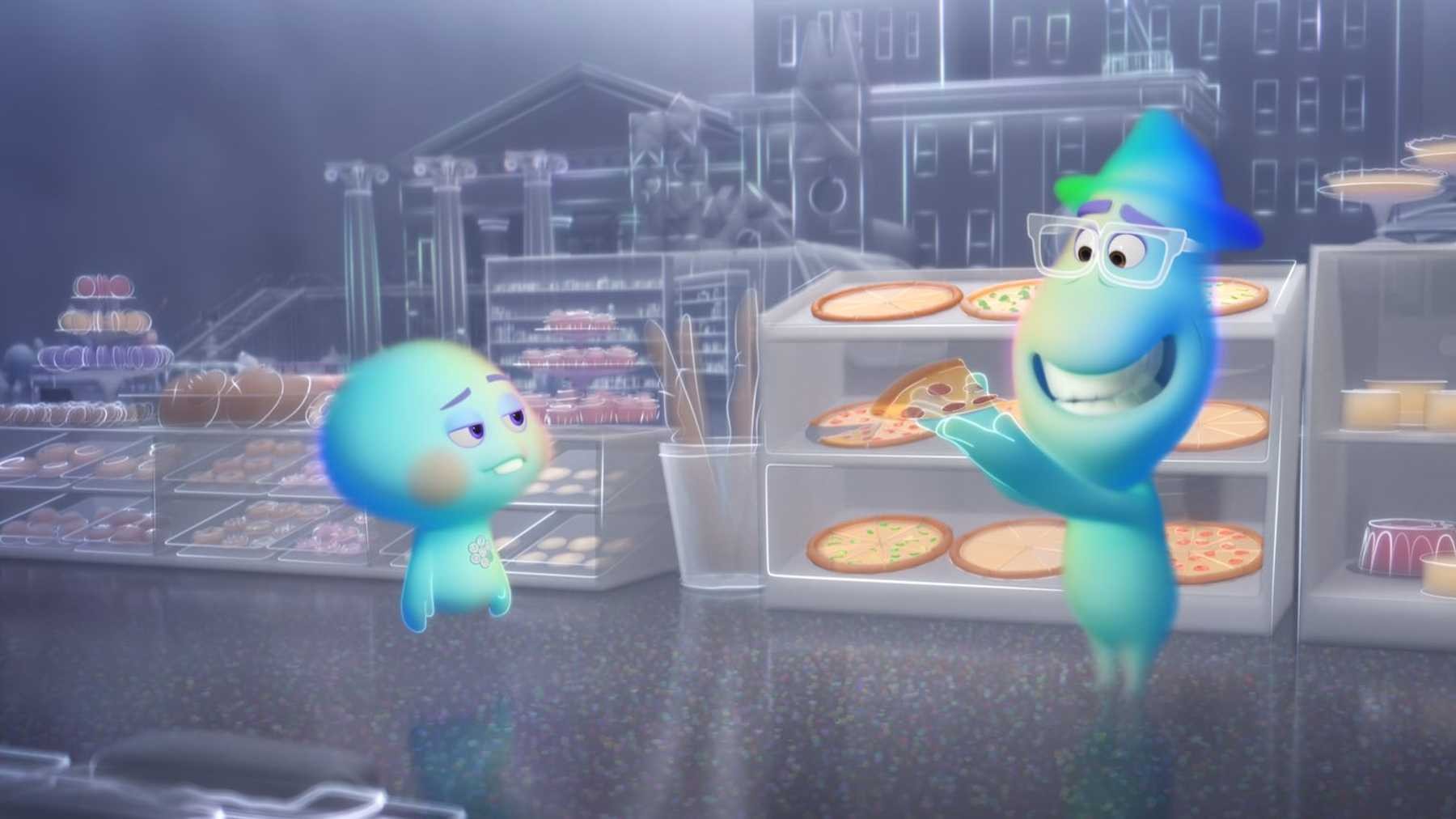
Joe nails the audition and gets the job of his dreams, but as he’s walking home, the worst happens. Director Pete Docter stages Joe’s unexpected death as a escalating series of gags, perfectly demonstrating the multiple tonal tightropes this strange, wonderful film walks.
When Joe realizes he’s on that stairway to the Great Beyond, he rebels. It’s not fair that he died just hours before the big break he’s waited and worked for all his life. But instead of making it back to Earth, he ends up in the waiting room for unborn spirits known as the Great Before. There, he becomes a mentor to 22 (Tina Fey), a soul who has never passed the test that would allow it to transmogrify into a body, and frankly, is not very interested in doing so. With Fox and Fay providing stellar voice performances, Soul becomes an odd couple comedy between a soul who wants to return to life and one who must be convinced life is worth living.
Docter, who shares director credit with One Night in Miami writer Kemp Powers, was behind Pixar’s best film of the decade, Inside Out. Soul is a very different animal from Inside Out, but the two films share central, existential concerns. Visually, this is another Pixar masterpiece. It veers between a vibrant vision of New York City life and the Cubist spirit world.
Former Pixar head John Lasseter said all Pixar films are rooted in the story of the company itself: A character ventures out into a new world and, thanks to the help of his friends and family, learns to appreciate themselves and their world. Joe is the first Black Pixar character to go on that journey, and he ultimately learns that no life spent in pursuit of art is wasted. It is a beautiful and much-needed message to round out a year in which loss and change have left so many questioning their lives.
Pixar’s Soul Shows Us an Animated Life Worth Living
